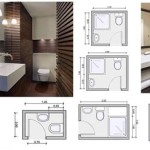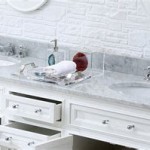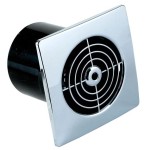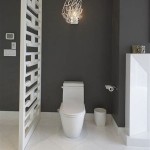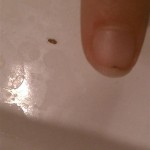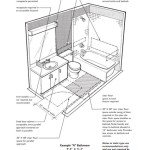How To Make A Chest Of Drawers Into A Bathroom Vanity
Repurposing a chest of drawers into a bathroom vanity is a cost-effective and stylish way to add character to a bathroom. This project allows for customization and the creation of a unique piece tailored to specific needs and aesthetic preferences. This article provides a step-by-step guide for transforming a chest of drawers into a functional and beautiful bathroom vanity.
Preparing the Chest of Drawers
The first step is selecting a suitable chest of drawers. Solid wood construction is ideal for withstanding bathroom humidity. Measure the available space in the bathroom to ensure the chest will fit comfortably. Once chosen, remove all hardware, including drawer pulls, knobs, and hinges. Thoroughly clean the chest inside and out, removing any dust, dirt, or debris.
If the existing finish is damaged or undesirable, this is an opportune time to refinish the piece. Stripping the old finish may be necessary, followed by sanding to create a smooth surface. Apply a primer suited for wood furniture before painting or staining. Choose a paint or stain finish designed for high-humidity environments to ensure durability and longevity in the bathroom.
Protecting the wood against water damage is crucial. Apply several coats of a waterproof sealant to all surfaces of the chest, paying particular attention to the top and the inside of the drawers. Allow the sealant to dry completely between coats according to manufacturer's instructions. This step is essential for preventing warping and damage from moisture.
Creating the Sink Area
Determine the desired sink type: vessel, undermount, or drop-in. The choice will influence the necessary modifications to the chest's top surface. Measure the sink carefully to determine the size of the cutout required. Mark the outline of the sink on the top of the chest ensuring proper placement and adequate clearance for plumbing.
Using a jigsaw, carefully cut along the marked outline to create the opening for the sink. Sand the edges of the cutout smooth to prevent splintering and ensure a clean finish. Reinforce the cutout area with additional wood supports if necessary, especially for heavier sinks. This will provide additional stability and prevent the top from sagging over time.
Install the sink according to the manufacturer's instructions. This typically involves applying a bead of sealant around the edge of the cutout and carefully positioning the sink. Secure the sink from below, using appropriate brackets or clips, ensuring it’s level and stable. Connect the plumbing, including the drain and water supply lines, according to local building codes.
Installing the Vanity Top and Plumbing
Consider the type of countertop desired for the vanity. Options include marble, granite, quartz, or even repurposed materials like wood or concrete. The countertop must be cut to fit the dimensions of the chest of drawers, accommodating the sink cutout. Professional installation may be required for certain materials like stone.
With the countertop in place, connect the faucet and drain assembly. Ensure all connections are tight and leak-free. Apply a bead of caulk around the base of the sink and the edges of the countertop where it meets the chest to create a waterproof seal. This will prevent water from seeping into the wood and causing damage.
If desired, modify the drawers to accommodate plumbing. This may involve cutting notches or sections out of the back or sides of the drawers to allow clearance for pipes. Ensure the modifications do not compromise the structural integrity of the drawers. Reinstall the drawers and add new hardware if desired, choosing pulls and knobs that complement the overall aesthetic of the vanity.
Finishing Touches
Consider adding a backsplash to protect the wall behind the vanity from water splashes. The backsplash can be tiled, mirrored, or made from the same material as the countertop. Install the backsplash according to the chosen material's installation guidelines.
Adjust the plumbing fixtures as needed to ensure proper functionality. Test the water supply and drainage to check for leaks. Make any necessary adjustments to ensure everything works correctly. After confirming the plumbing is sound, caulk around the base of the faucet and drain assembly for a final seal.
The repurposed chest of drawers is now a fully functional bathroom vanity. Consider adding decorative elements such as lighting, mirrors, and storage accessories to complete the look and enhance functionality. Regular maintenance, such as cleaning and occasional resealing, will help preserve the vanity and ensure its longevity in the bathroom environment.

How To Make A Dresser Into Vanity Tutorial An Oregon Cottage

Turn A Vintage Dresser Into Bathroom Vanity

A Pro Renovator S 6 Tips For Turning Dresser Into Bathroom Vanity

How To Convert A Dresser Into Bathroom Vanity The Little By Home

Repurposed Dresser Converted To Bathroom Vanity Reinvented Delaware

Repurposed Dresser Converted To Bathroom Vanity Reinvented Delaware

How To Make A Dresser Into Vanity Tutorial An Oregon Cottage

Masterbath Turning A Dresser Into Vanity Beneath My Heart
How To Make A Bathroom Vanity From Vintage Furniture Upcycgirl

Antique Dresser Turned Into Vanity Farmhouse On Boone
Related Posts
